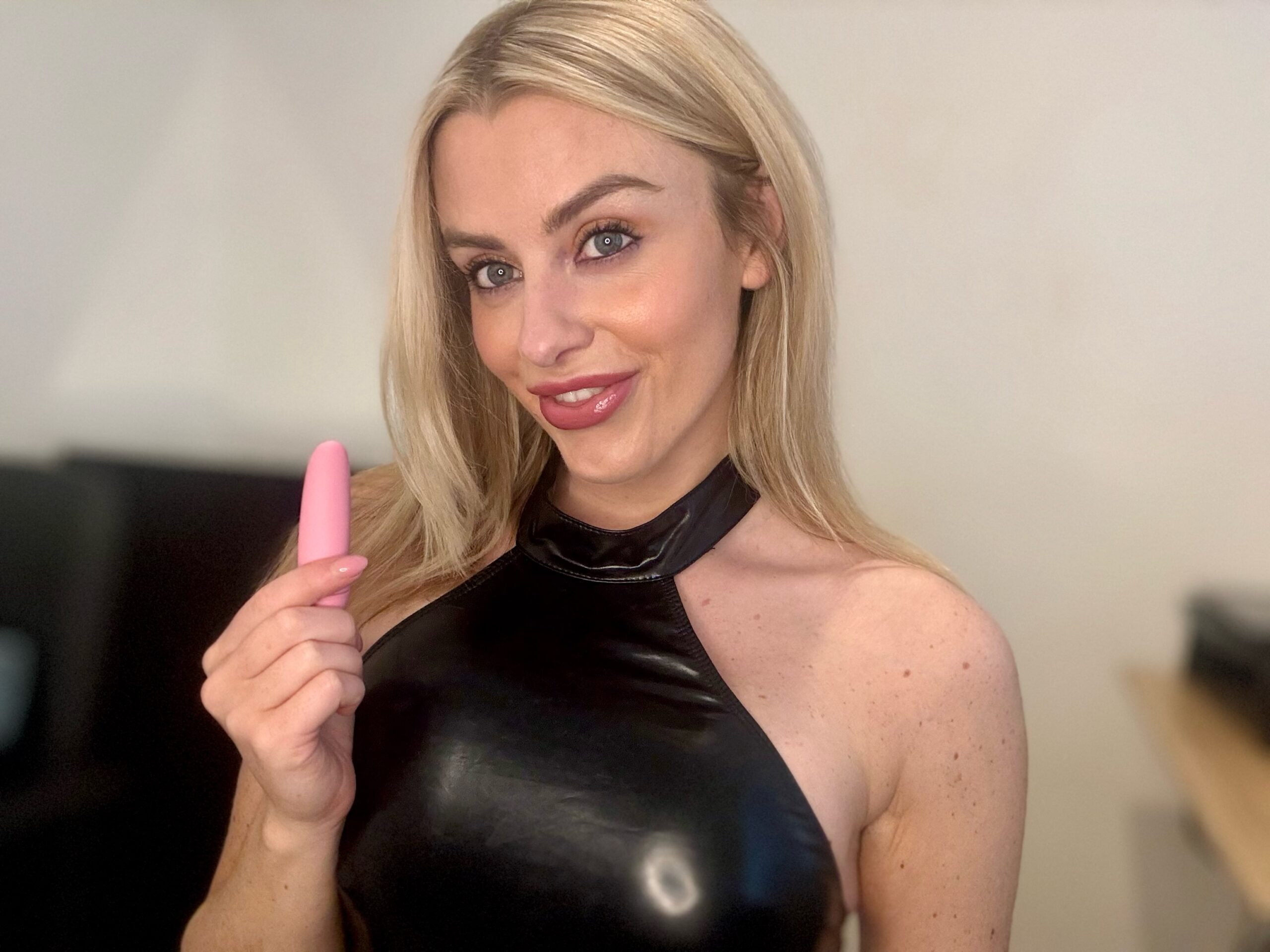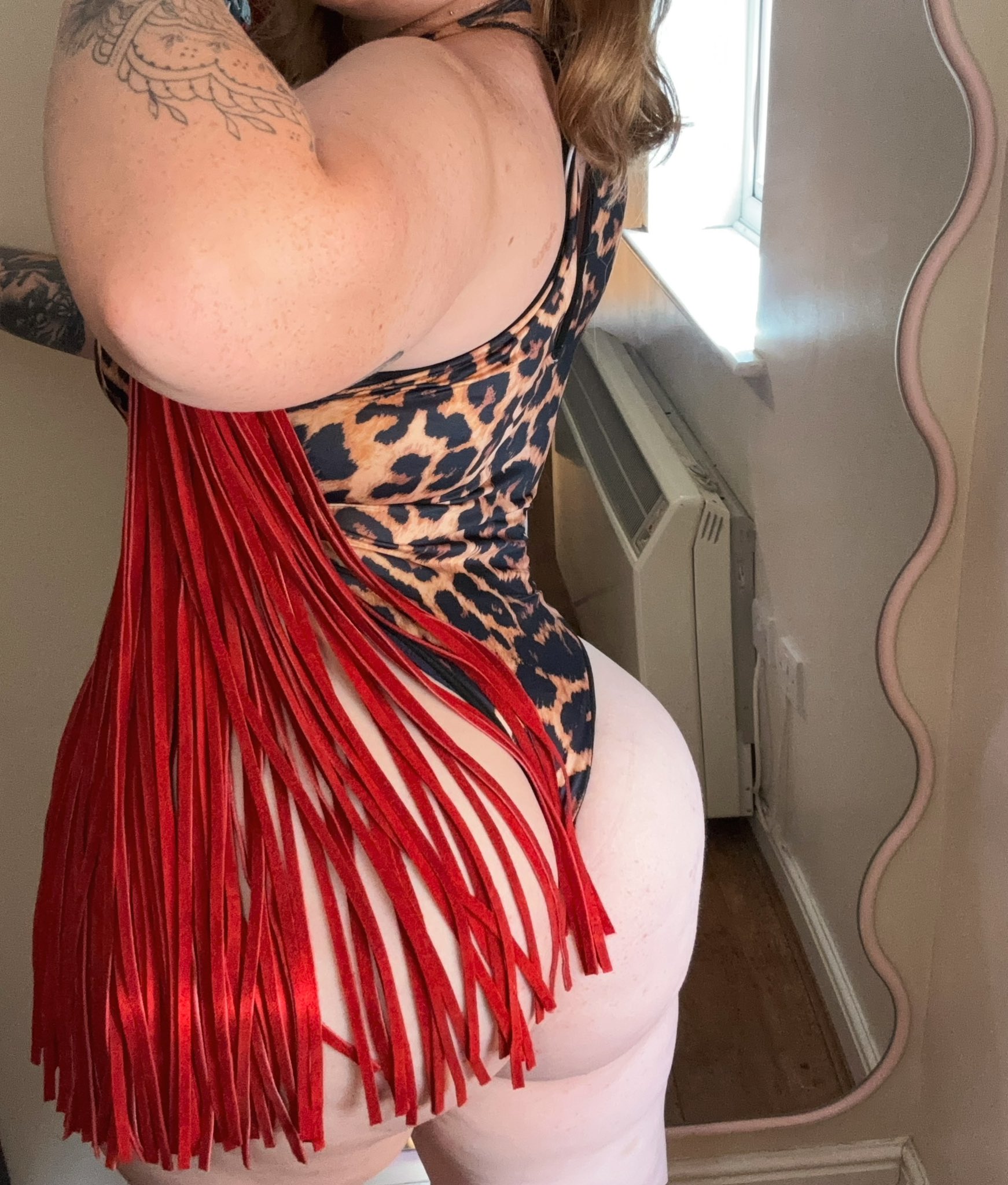Sep 8, 2025
The meaning of non-binary identities and how they challenge sexual norms
The Meaning Of Non-binary Identities And How They Challenge Sexual Norms

Understanding Non-Binary Identities
Non-binary identities represent a vital shift in our understanding of gender, challenging traditional binary notions of male and female. These identities encompass individuals who identify outside of these categories, embracing a spectrum of gender expressions and experiences. This exploration delves into the meaning of non-binary identities, shedding light on their diversity and how they contribute to a more inclusive and representative society.
Defining Non-Binary

Non-binary is an umbrella term encompassing a wide range of gender identities that are not exclusively male or female. Non-binary people may identify as somewhere between genders, outside of genders entirely, or as having a gender that fluctuates over time. This challenges the traditional Western binary system that often limits gender to male and female categories.

Understanding non-binary identities requires recognizing their diversity. Some non-binary individuals might identify as agender, meaning they do not identify with any gender. Others may identify as bigender, meaning they identify with two genders simultaneously or fluidly. There are also many other variations, such as genderfluid, where a person’s gender identity changes over time, and demigender, where a person partially identifies with one gender while feeling unconnected to the other.
Embracing non-binary identities is crucial for building a more inclusive society that respects the full spectrum of human experiences. By understanding and acknowledging these identities, we can create a space where everyone feels seen, heard, and valued for who they truly are.
Spectrum of Gender Identity
Non-binary identities represent a vital shift in our understanding of gender, challenging traditional binary notions of male and female. These identities encompass individuals who identify outside of these categories, embracing a spectrum of gender expressions and experiences. This exploration delves into the meaning of non-binary identities, shedding light on their diversity and how they contribute to a more inclusive and representative society.
Non-binary is an umbrella term encompassing a wide range of gender identities that are not exclusively male or female. Non-binary people may identify as somewhere between genders, outside of genders entirely, or as having a gender that fluctuates over time. This challenges the traditional Western binary system that often limits gender to male and female categories.
Understanding non-binary identities requires recognizing their diversity. Some non-binary individuals might identify as agender, meaning they do not identify with any gender. bondage gear Others may identify as bigender, meaning they identify with two genders simultaneously or fluidly. cleaning tips There are also many other variations, such as genderfluid, where a person’s gender identity changes over time, and demigender, where a person partially identifies with one gender while feeling unconnected to the other.
Embracing non-binary identities is crucial for building a more inclusive society that respects the full spectrum of human experiences. By understanding and acknowledging these identities, we can create a space where everyone feels seen, heard, and valued for who they truly are.
Experiences of Non-Binary Individuals
Non-binary identities represent a vital shift in our understanding of gender, challenging traditional binary notions of male and female. These identities encompass individuals who identify outside of these categories, embracing a spectrum of gender expressions and experiences. This exploration delves into the meaning of non-binary identities, shedding light on their diversity and how they contribute to a more inclusive and representative society.
Non-binary is an umbrella term encompassing a wide range of gender identities that are not exclusively male or female. Non-binary people may identify as somewhere between genders, outside of genders entirely, or as having a gender that fluctuates over time. This challenges the traditional Western binary system that often limits gender to male and female categories.
Understanding non-binary identities requires recognizing their diversity. Some non-binary individuals might identify as agender, meaning they do not identify with any gender. Others may identify as bigender, meaning they identify with two genders simultaneously or fluidly. There are also many other variations, such as genderfluid, where a person’s gender identity changes over time, and demigender, where a person partially identifies with one gender while feeling unconnected to the other.
Embracing non-binary identities is crucial for building a more inclusive society that respects the full spectrum of human experiences. By understanding and acknowledging these identities, we can create a space where everyone feels seen, heard, and valued for who they truly are.
Challenging Sexual Norms
Non-binary identities challenge the traditional binary understanding of gender by encompassing individuals who identify outside of the categories of male and female. This shift in perspective acknowledges a wider spectrum of gender experiences and expressions, promoting inclusivity and a more accurate representation of human diversity.
Traditional Binary System
Challenging the traditional binary system is crucial for creating a society that respects and values all individuals. The recognition of non-binary identities signifies a move away from limiting societal constructs and towards embracing the fluidity and complexity of human experiences. This shift acknowledges that gender is not a simple dichotomy and allows individuals to express their authentic selves without conforming to rigid expectations.
Embracing non-binary identities fosters understanding and empathy, dismantling harmful stereotypes and prejudices. It encourages dialogue and education about gender diversity, promoting acceptance and respect for all.
By challenging the binary system, we create a more inclusive and equitable society where everyone feels empowered to live authentically and express their true selves.
Language Evolution and Inclusion
Non-binary identities challenge traditional binary notions of gender, encompassing individuals who identify outside the categories of male and female. These identities represent a spectrum of gender expressions and experiences, fostering a more inclusive and representative society.
- Some non-binary individuals may identify as agender, meaning they do not identify with any gender.
- Others might identify as bigender, meaning they identify with two genders simultaneously or fluidly.
- Genderfluid describes individuals whose gender identity changes over time, while demigender refers to those who partially identify with one gender while feeling unconnected to the other.
The evolution of language surrounding gender reflects this societal shift. As society evolves and understands gender on a broader spectrum, language adapts to encompass these diverse experiences.
Impact on Social Structures
Non-binary identities challenge traditional binary notions of gender, encompassing individuals who identify outside the categories of male and female. These identities represent a spectrum of gender expressions and experiences, fostering a more inclusive and representative society.
This shift in perspective challenges the rigid structures that have historically defined gender roles and expectations. By recognizing and accepting non-binary identities, we dismantle these restrictive norms and create space for greater individual expression and freedom.
The impact of this challenge extends beyond individual experiences, rippling through social structures and institutions. Family dynamics, workplace policies, legal frameworks, and even healthcare systems are all being reevaluated to accommodate the diverse spectrum of gender identities.
This evolution necessitates a rethinking of societal norms and expectations. It encourages empathy and understanding towards those who exist outside traditional binary categories, fostering a more inclusive and equitable society for all.
Implications for Society
Non-binary identities challenge the long-held societal belief that gender is confined to two distinct categories: male and female. This shift in perspective acknowledges a wider spectrum of gender expressions and experiences, leading to important implications for how we understand ourselves and each other.
Visibility and Representation
The visibility and representation of non-binary individuals are crucial for fostering a more inclusive society. When non-binary people are seen and heard, it sends a powerful message that their identities are valid and respected. This increased visibility can help break down stereotypes and prejudices, promoting understanding and acceptance.
Accurate representation in media, literature, and popular culture is essential for normalizing non-binary experiences and showcasing the diversity of human gender expression. Seeing non-binary individuals portrayed authentically in various roles and contexts helps challenge misconceptions and fosters empathy among viewers and readers.
Moreover, inclusive language and policies that recognize non-binary identities are vital for creating a society where everyone feels safe and respected. This includes using gender-neutral language, providing options beyond male and female on forms and surveys, and ensuring equal access to resources and opportunities regardless of gender identity.
Intersectionality with Other Identities
The recognition and acceptance of non-binary identities have profound implications for societal norms and structures.
One significant impact is a challenge to traditional binary thinking, which categorizes individuals solely as male or female. This shift encourages a more fluid and inclusive understanding of gender, acknowledging that gender identity exists on a spectrum rather than being confined to two fixed categories.
This broader understanding of gender has implications for various social institutions. For instance, it necessitates a re-evaluation of legal frameworks, healthcare systems, and educational policies to ensure they are inclusive of non-binary individuals and their diverse needs.
Moreover, the intersectionality of non-binary identities with other aspects of identity, such as race, ethnicity, sexual orientation, and disability, creates unique experiences and challenges. Understanding these intersections is crucial for creating truly equitable and inclusive spaces that address the specific needs of all individuals.
Advocacy and Activism
The rise of non-binary identities is prompting a significant societal shift, challenging traditional notions of gender and demanding greater inclusivity. This evolution has profound implications for various aspects of life, including social norms, legal frameworks, and personal experiences.
Advocacy and activism play a crucial role in advancing the rights and recognition of non-binary individuals. Organizations and groups dedicated to LGBTQ+ rights actively work to promote awareness, educate the public, and advocate for policy changes that protect non-binary people from discrimination and ensure their equal access to opportunities.
On an individual level, allyship is essential. Educating oneself about non-binary identities, using inclusive language, and challenging harmful stereotypes are important steps in creating a more supportive environment. By listening to the experiences of non-binary individuals and amplifying their voices, allies can contribute to building a society that values and respects diversity.
The recognition of non-binary identities is not merely a social issue but has legal ramifications as well. Laws and policies must evolve to reflect this diversity, ensuring equal rights and protections for all genders.
This includes access to healthcare, legal documentation, employment opportunities, and public spaces. essentials Activist groups continue to push for legislative changes that recognize non-binary identities and combat discrimination based on gender expression or identity.
betty rocker sex position
Fringe Beverly Hills
La Ferme de Ladroit


















